Basic Math Skills Normal Geometry Worksheets for Ages 3-8
6 filtered results
-
From - To
Discover our engaging Basic Math Skills Normal Geometry Worksheets for children ages 3-8, designed to make learning geometry fun and accessible! These worksheets introduce young learners to essential geometric concepts, helping them develop their spatial awareness and problem-solving skills. Created with age-appropriate content, our activities focus on shapes, patterns, and measurements, all while fostering a love for math. Each worksheet is crafted with vibrant visuals and interactive tasks to keep kids motivated and excited about their learning journey. Perfect for teachers and parents, our resources will help children build a strong foundation in geometry while ensuring a playful and enjoyable experience.
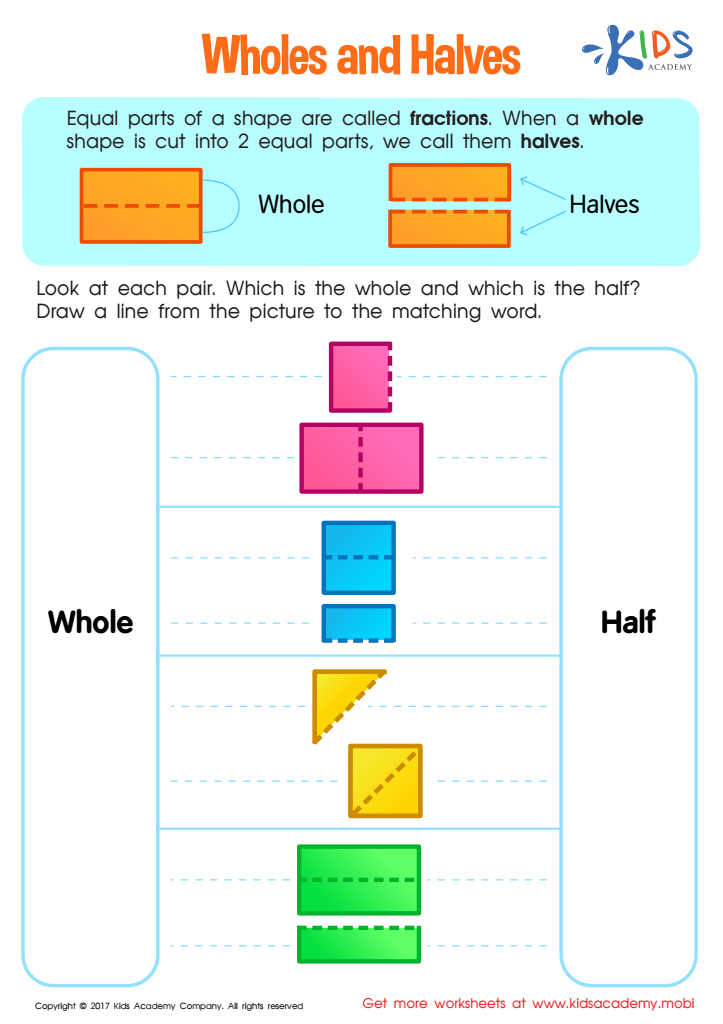

Wholes and Halves Worksheet


Going up or Down? Worksheet
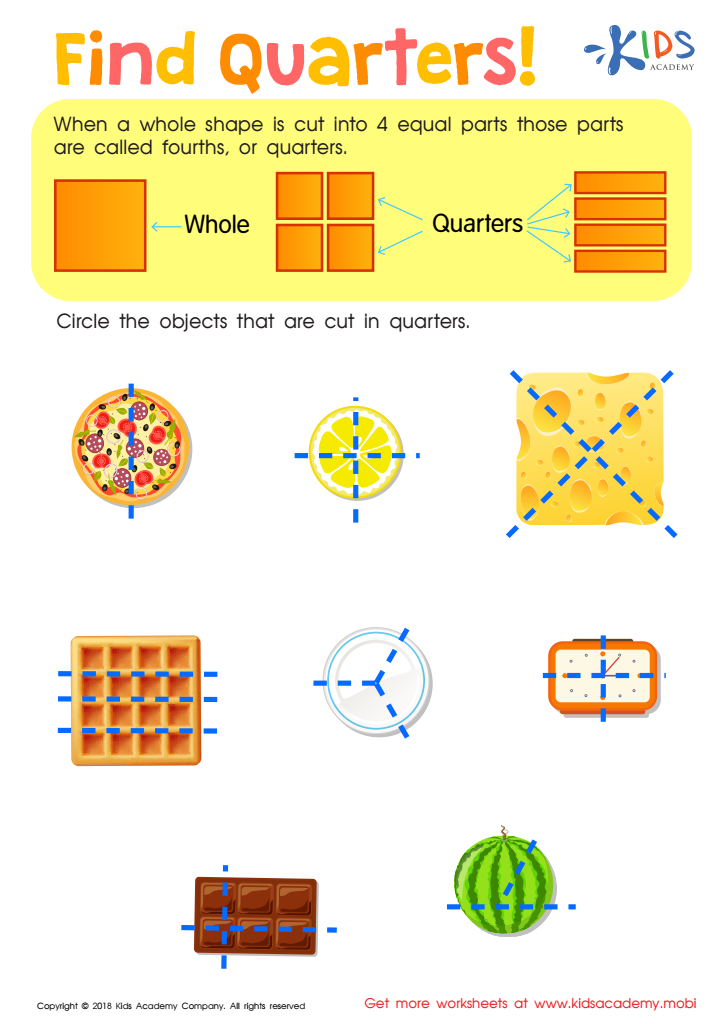

Find Quarters Worksheet
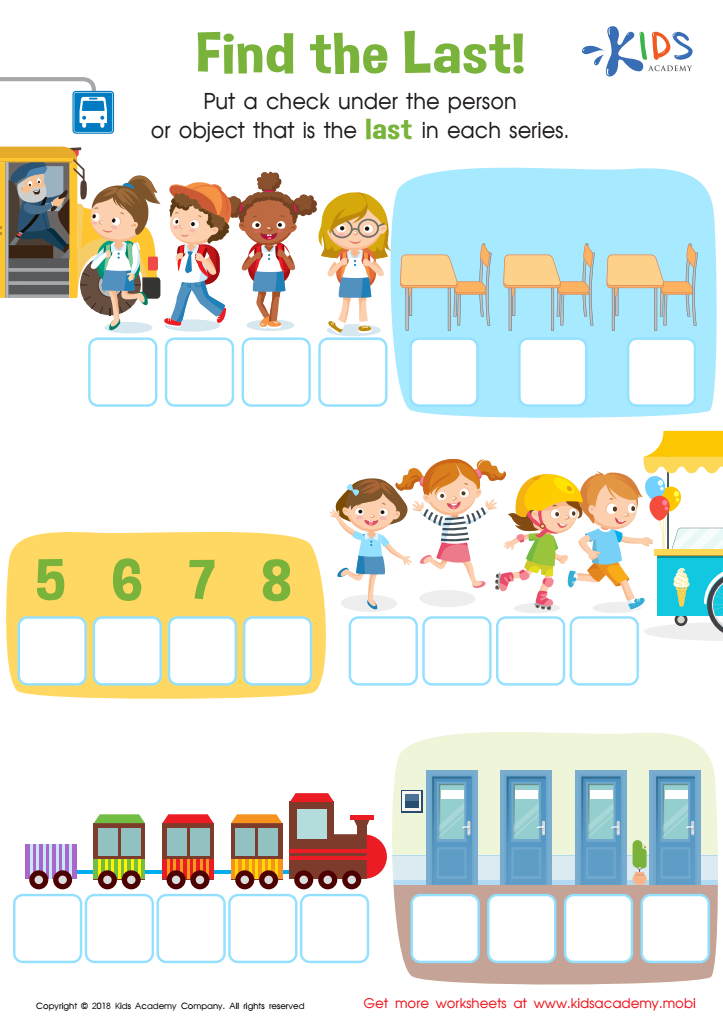

Find the Last! Worksheet
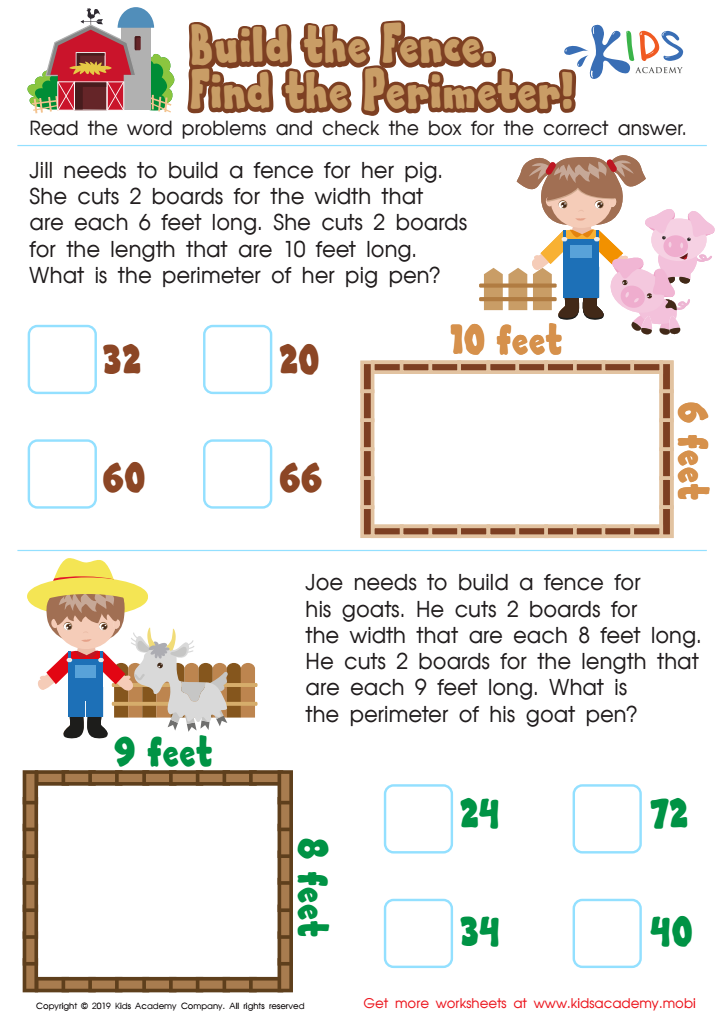

Build the Fence, Find the Perimeter Worksheet
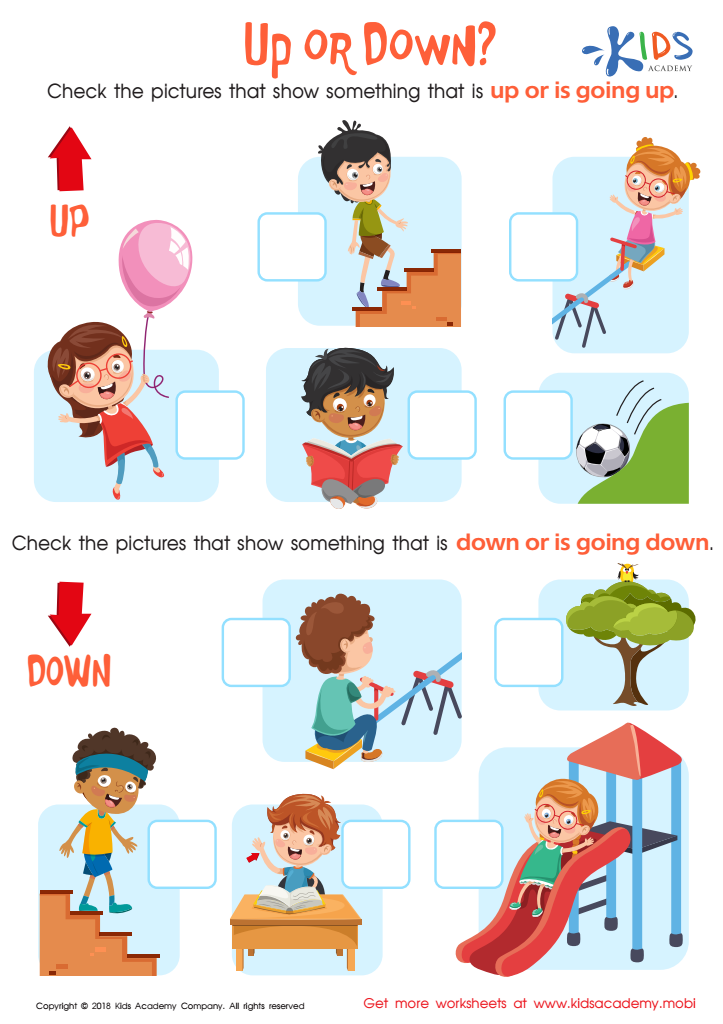

Up or Down Worksheet
Basic math skills, including foundational geometry, are crucial for children aged 3-8, as they form the building blocks for future academic success. At this stage, children begin to develop crucial cognitive abilities, including problem-solving, logical reasoning, and spatial awareness. Introducing geometry helps children understand shapes, sizes, and relationships, which are essential concepts in their daily lives.
Early exposure to geometric ideas fosters children's ability to categorize and compare objects, promoting critical thinking. For instance, recognizing and naming common shapes such as circles, squares, and triangles enhances their observational skills and encourages exploration. Additionally, as children learn about patterns and symmetry, they improve their ability to make connections and predictions.
Moreover, a solid foundation in basic math skills contributes to improved performance in later grades. Developing these skills early promotes confidence in math, reducing anxiety and fostering a positive attitude toward learning. For parents and teachers, supporting children in acquiring these skills creates a richer educational experience that lays the groundwork for more complex math concepts. Ultimately, nurturing basic geometry and math understanding in early childhood cultivates lifelong learners equipped with essential skills for their academic journeys and beyond.
 Assign to My Students
Assign to My Students

















